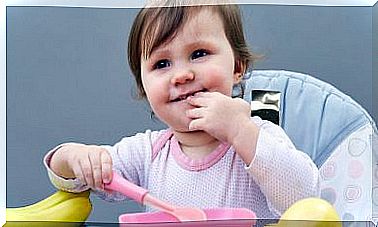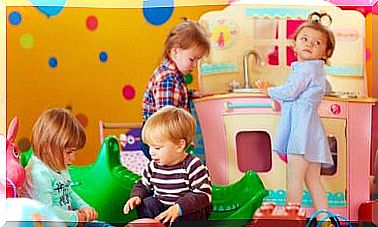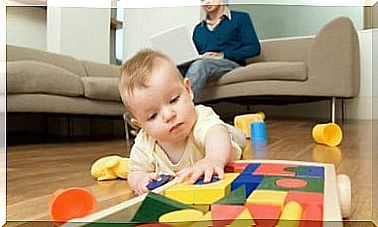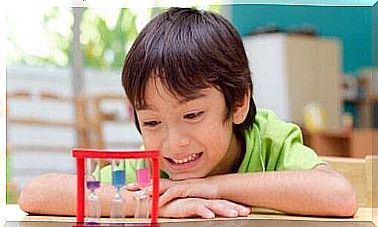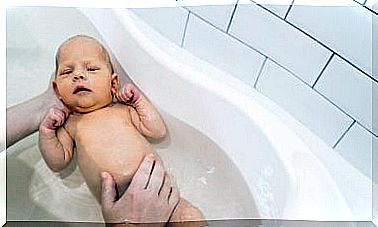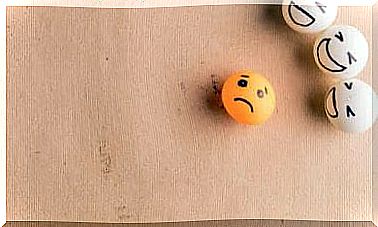The Baby’s First Teeth: Everything You Need To Know
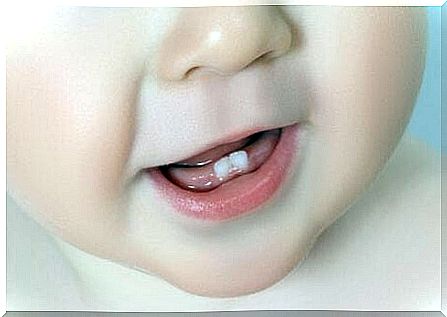
Generally, your baby’s first teeth will begin to appear at four months of age, but in some cases they may be delayed until one year of age. There is no need to worry if they take longer to come, as each baby is different.
For most babies , the appearance of baby teeth helps them to eat solid foods. The first teeth to appear are the front teeth, which are useful for chewing vegetables and softer foods. Later come the cheek teeth and canines, which are meant to help with chewing.
As I said , it differs when the teeth appear, but they usually end around the age of 20-30 months. Of course, there may be some exceptions. There are even babies born with a tooth, but this is quite unusual.
When babies start to get baby teeth, they can drool more and bite into more objects. Some get through the process without any pain, while others experience moments of irritability and crying, as well as problems when sleeping and eating.
When a baby’s first teeth come, the symptoms are usually mild, and some babies do not seem to notice that their teeth are moving. In contrast, others may develop fever and even diarrhea.
Here are some symptoms to watch out for:
- Your baby’s first tooth may be hidden under the gums for weeks or suddenly appear without warning.
- When the tooth is coming out, the gums change appearance. It becomes swollen and gets a white bulge. It can be painful and annoying for the little one.
- Usually, tooth decay comes with mild discomfort, such as fever and cold symptoms, but diarrhea and irritability can also occur.
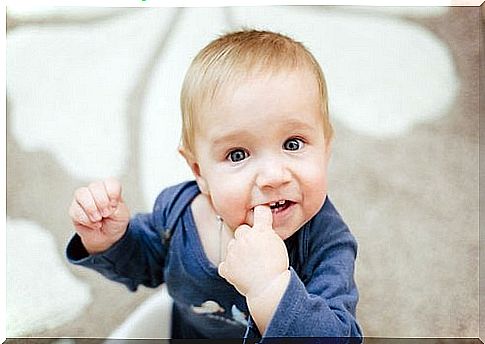
Regardless of the age at which the baby’s first teeth begin to appear, there are some important steps that must be taken to relieve toothache (if any).
Here are some recommendations:
- Wrap your finger in a sterile gauze bandage and gently massage the gums. It is a very effective way to relieve the pain of tooth decay.
- Another option to relieve the pain is to rub the gums with a piece of ice, also wrapped in sterile gauze.
- A hard rubber toy can also be useful by soothing the gums. With their fun shapes and happy colors, they can also catch the baby’s attention and distract from the pain.
- There are also special pain relievers and natural ointments for just tooth decay.
Before your baby’s first teeth appear , you can gently clean the baby’s gums from time to time with a damp cloth so that it gets used to handling the area.
When the first tooth appears, continue cleaning with a damp cloth. If supplementary feeding has already begun, a special baby brush with soft bristles can be used.
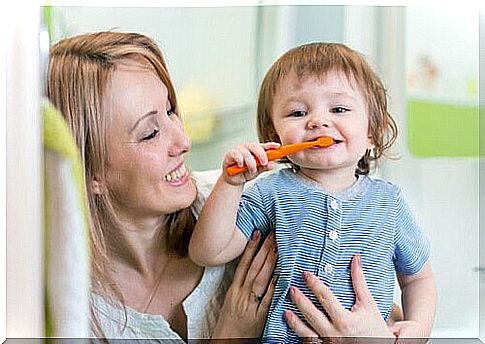
This is very important after the age of 18 months, when the first molar usually appears, as food debris can accumulate between the teeth. It is recommended to brush the baby’s teeth 2-3 times a day, especially before bedtime in the evening.
The European Academy of Pediatric Dentistry recommends brushing twice a day with a special toothpaste. It must not be a toothpaste for adults due to the risk of fluorosis. Toothpaste for children under two years must have a concentration of 500 ppm.
It is important to emphasize again that each baby is different and that the teeth will appear when they are ready. If you have any questions, you can talk to your pediatrician or a dentist.

